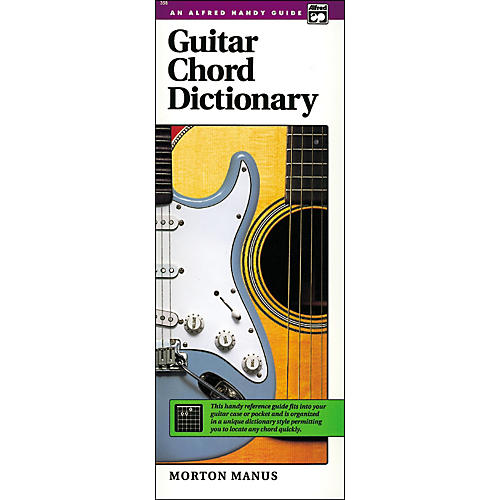

To keep it simple as a beginner, you can play a simple melody line in the right hand, while playing solid chords in the left hand on every beat 1. Just as with accompaniment style, solo style can be super simple, or super complex, depending on the ability of the piano player. In solo style, you’re playing the whole song, melody and harmony, as a solo artist on the piano. (use the transpose feature to -7, and just play an Am instead of the Am7) Some good song choices for beginners that can be played with just the C-G-F-Am chords are: is an excellent website to find the chords of popular songs. This gives you lots of time to think ahead and prepare for your next chord. You can keep it super simple and play the chords on each beat 1, holding them for 4 beats before playing the next chord. Start by playing the chords with your right hand, while playing solid octaves on the root note of the chord with your left hand. Or another musician might play the melody on a different instrument.Īccompaniment style can be simple or very complex, depending on the piano player’s ability.Īs a beginner, it’s best to keep it simple. This style is used when you want to play the piano as an accompaniment (background) while you or another musician sings the melody. In accompaniment style, you don’t play the melody of the song, just the harmony. There are 2 ways of playing chord-based piano: accompaniment style, and solo style. Alfred’s The Complete Book of Scales, Chords, Arpeggios & Cadences.
#Chord dictionary piano full#
#Chord dictionary piano how to#
If you're looking for a more in-depth explanation of the above strategies, check out my post How to Practice Piano Chords, where you'll also find some free downloadable printables you can use to practice chords. Chord progressions with more than 2 chords.Visualization (much more powerful than you might think!).

And believe it or not, not all of them involve actually sitting at your piano! How to Practice Chords Away from Your Piano There are a lot of tools and strategies you can use to practice piano chords. Finally, play the F major chord in second inversion (C-F-A).Then play the A minor chord in first inversion (C-E-A).Then transition to the G major chord in first inversion (B-D-G).This is your home chord, so playing it in root position makes it feel extra solid. Start with the C major chord in root position (C-E-G).Rather than playing all four chords in root position, you can try these inversions to create smoother voice leading: So if you’re planning to practice the I-V-vi-IV chord progression with the chords C-G-Am-F, what chord inversions should you use? (Which means you'll feel a lot less nervous when changing chords!)

With smooth voice leading, each of your fingers will move to a note that is nearby, eliminating the need to drastically reposition your entire hand. This is not necessarily a bad thing, but it’s a lot of unnecessary movement. If you were to play all your chords in root position, your hands would be jumping all over the place on the keyboard.

So smooth voice leading ends up making your chords flow more seamlessly together, creating a more pleasing experience for the listener.Īdditionally, smooth voice leading makes it much easier for you to actually play the chords on your piano. You want the next note they have to sing to be as near as possible to the note they're currently singing. There are all kinds of guidelines that help musicians to create the most ideal voice leadings, but as a beginner, just imagine trying to make each singer's job as easy as possible by avoiding big jumps. Singer 1 sings the bottom note of each triad, singer 2 sings the middle note of each triad, and singer 3 sings the top note of each triad. Imagine triads as 3 singers singing together in harmony.


 0 kommentar(er)
0 kommentar(er)
